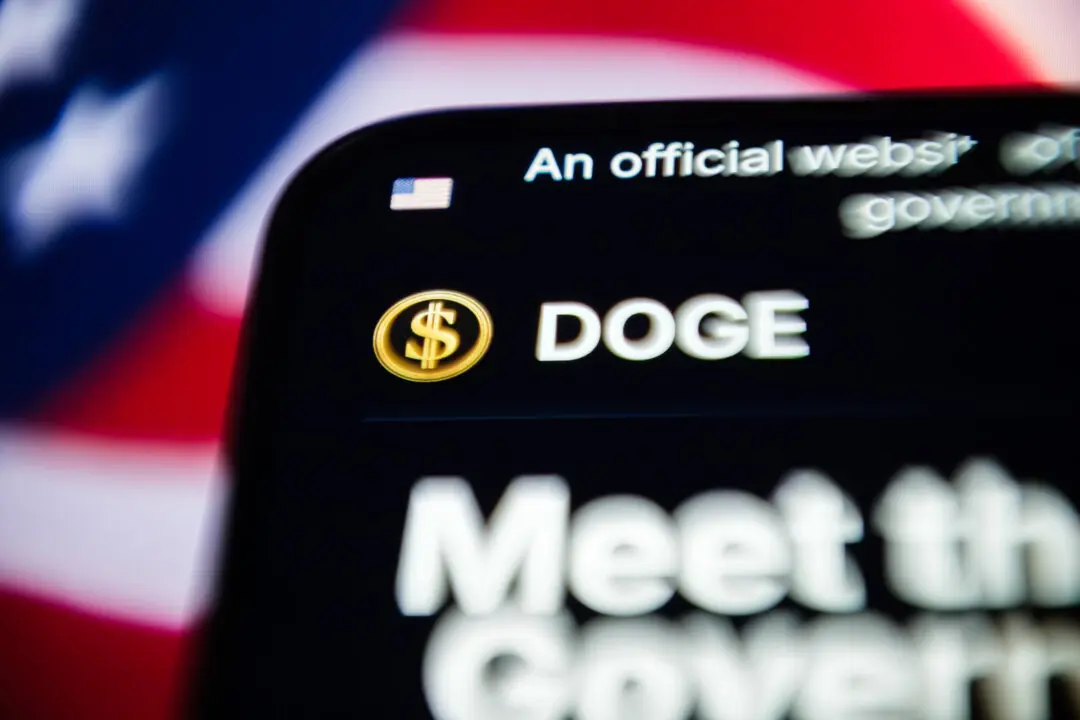Inflation accelerated sharply and more than expected in January to three times the pace logged in the prior month, suggesting the Federal Reserve’s fight to quell price pressures will be, in the words of one market analyst, “long and bumpy.”
Prices rose by 0.6 percent month-over-month in January, as measured by the Personal Consumption Expenditures (PCE) measure, released on Feb. 24 by the Bureau of Economic Analysis (BEA).





